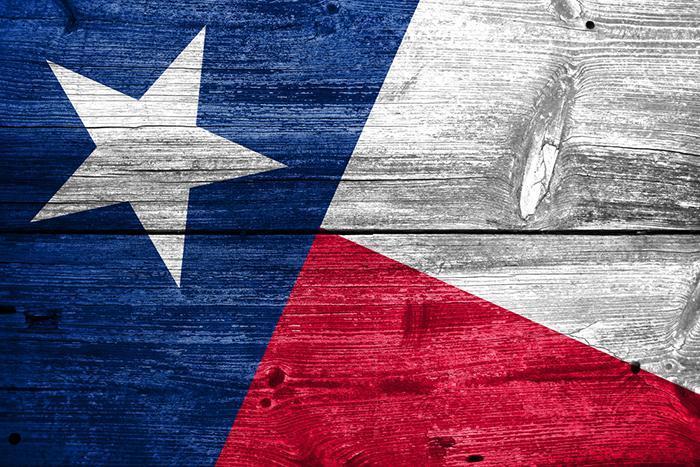Your Cart is Empty
FREE SHIPPING OVER $45 & RETURNLESS REFUNDS

Have you heard of the “Kidney Stone Belt?” The “Kidney Stone Belt” refers to a region across the southern part of the United States where the rate of people who develop kidney stones is higher than the rest of the country. The widest part of the “belt” is in the Southeast, stretching from Texas to North Carolina, although the belt expands west to California. We’ll explain why people who live in the Kidney Stone Belt have higher rates in a moment, but first let’s understand a little more about kidney stones.
Kidney stones are hard lumps of crystal-forming substances such as calcium oxalate, calcium phosphate and uric acid that form inside the kidneys or other parts of the urinary tract. Often, kidney stones are small — sometimes small enough to exit your body in your urine. But sometimes kidney stones can grow large, even as large as golf balls andinterfere with your body’s ability to excrete liquid waste.
Kidney stones often cause no symptoms if they are small — until they move into the ureter, the tube that connects your kidneys to your bladder. Once that happens, you may experience:
Many have compared the pain of passing a kidney stone to childbirth or like having a knife stabbed into the back. If stones are too large to pass naturally, treatment can include a shock-wave therapy called lithotripsy that breaks down the stones — or in severe cases, surgery.
As we mentioned earlier, kidney stones are hard lumps that form when dissolved minerals and salts build up inside the inner linings of the kidneys and related anatomy. There are basically four different types:
Calcium and uric acid stones are often the result of not drinking enough water. Just as a stagnant creek with too little water flow can’t wash away leaves and debris, our bodies can’t flush out toxins and metabolic waste unless we’re drinking enough water. People who develop uric acid stones also often have gout, a painful inflammatory type of arthritis. Learn more about how to prevent gout naturally!
An estimated 12 percent of Americans will develop kidney stones in their lifetime. Men are about twice as likely as women to develop stones, but doctors have seen a substantial increase in children in recent decades. Kidney stones can form for a variety of reasons, but the most common causes are:
Doctors and researchers have discovered that people who live in the “Kidney Stone Belt” have a much higher chance of developing kidney stones, even as much as 50 percent higher! One South Carolina study found that South Carolina teens showed a 26 percent increase in kidney stones from 1997 to 2012. Why such a difference between Northerners and Southerners?
The Southern Diet: Southerners tend to drink more iced tea and eat foods high in oxalates such as okra and grits — and oxalates are a known kidney stone cause. And Southern diets include a lot of high-calorie and fried foods, which contribute to obesity.
You might be wondering why rates in the American Southwest, which sees higher temperatures than the Southeast, aren’t equally as high. Researchers believe that our body’s thermoregulation system doesn’t function as well in humid climates. Our bodies sweat when we’re overheated to try to cool our temperature — but sweat doesn’t evaporate well in humidity, so our bodies struggle to stay cool.
Many researchers are concerned about climate change — the rate of kidney stones is on the rise in recent years as summer temperatures have climbed. Doctors are seeing record numbers of patients, including children, with kidney stones during the summer months in recent years. They worry this trend will only get worse, especially when combined with the higher rates of obesity and unhealthy diet and lifestyle factors.
Except for people who have certain medical conditions and surgeries, most kidney stones are preventable. Since the highest risk factor, regardless of where you live, is chronic dehydration, simply drinking the recommended amount of water each day will prevent kidney stones from developing. Losing weight and reducing your intake of animal proteins, salts and sugars will also lower your risk.
https://www.ncpedia.org/kidney-stone-belt
https://www.medicalnewstoday.com/articles/320004.php
https://www.tennessean.com/story/life/2016/05/08/more-southerners-risk-kidney-stones/83338742/
https://www.orlandohealth.com/health-hub/why-southerners-have-a-higher-risk-of-kidney-stones
https://www.mayoclinic.org/diseases-conditions/kidney-stones/symptoms-causes/syc-20355755
https://www.medicalnewstoday.com/articles/154193.php
*These statements have not been evaluated by the Food and Drug Administration.